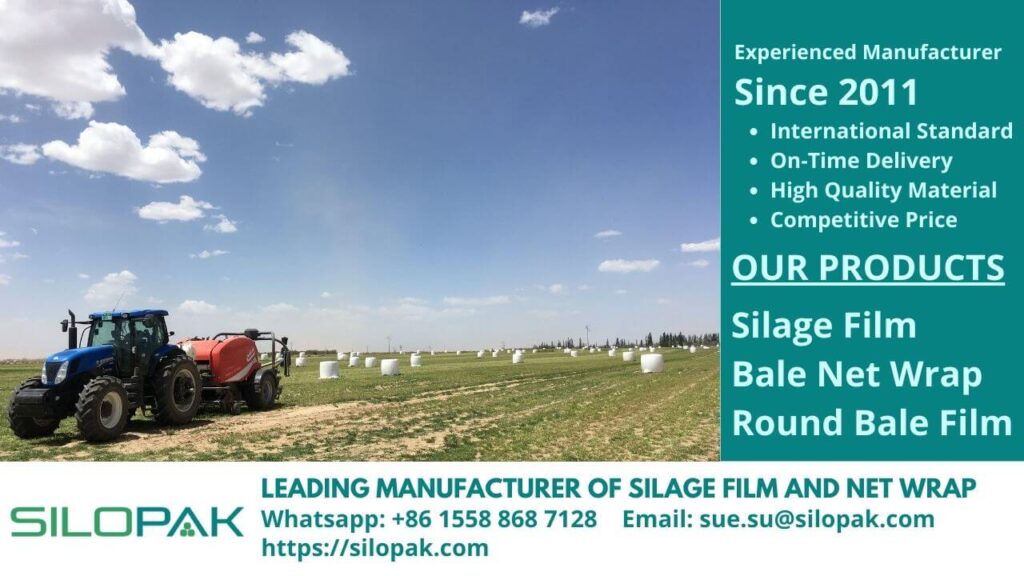
Cattle feed science is important to learn for the success of your livestock business. Feed science will help you increase your productivity and livestock yields and build bigger farms.
Of course, developing a farm is not as easy as imagined. It takes experience and knowledge as a farmer. Apart from these two things, the most you should understand is about cattle feed. Because this is the main factor that affects the life of your livestock, for that, in this review, we will discuss the introduction of the types of cattle feed. So, let’s check it below!
contents
Ingredients
Cattle feed ingredients are the main components of cattle feed. In general, cattle feed ingredients must be edible, easy to digest, and safe for consumption. Cattle feed ingredients may come from plants or cattle, organic or inorganic, and dry or wet.
Based on their function, these feed ingredients are grouped into several groups. Namely, feed ingredients as a source of energy, feed ingredients as a source of protein, feed ingredients as a source of minerals, and feed ingredients as complementary nutrients.
Types Of Cattle Feed
From several groups of its ingredients mentioned above, here are the following produced types, including:
Coarse Feed
It is a feed with large size but low weight. As in the straw, which has a protein content of only 3-4% of the dry matter. However, this crude feed is needed to stimulate the rumen in ruminants. Coarse feed is derived from forage, consisting of all kinds of grasses such as elephant grass, Bengal, king, etc. In addition, there are leguminous leaves, as well as crop residues such as corn straw, soybeans, etc.
Feed Booster (Concentrate)
Is it a feed with low fiber content but has fairly high energy and protein? This concentrate is a valuable complement to increase nutrition in cattle feed. As in dairy cows, farmers will provide more concentrate than coarse feed to maintain quality milk production. However, feeding concentrates should not be excessive and must be as needed.
The concentrated feed can be made from cattle or plants. For concentrates from cattle, it is usually composed of a mixture of meat, bone, feather, worm, and blood meal; or processed fish products; or dairy products. While concentrates from plants are composed of crops such as corn or from agricultural waste residues such as tofu dregs, palm seeds, oil palm cake, and sesame, etc.
Fermented Feed
It is a feed from the process of giving yeast. This fermented feed aims to increase the shelf life of forage feeds without reducing nutrient levels.
Vitamins and Minerals
Vitamins for cattle feed play a role in maintaining the optimization of the immune system of livestock. The vitamins needed consist of B complex vitamins, B6, B12, C, Choline, Biotin, Niacin, and vitamins in fats such as A, D, E, and K. Minerals are needed for dairy cattle. Minerals used are organic ones such as calcium, potassium, phosphorus, sodium, etc.
Well, from the types of feed above, you don’t have to worry about storage. Now there is a storage area in the form of silage film from Silopak. Silage film is very safe because the nutritional content of the feed will not decrease. Shelf life can last up to 18 months.
Determinants Of Feed Quality
After knowing the types of feed, we must also know the determinants of feed quality, including:
- Nutrient content. Cattle feed nutrition must be able to meet the biological needs of livestock, especially the physical and performance of livestock. The main nutrients in feed consist of protein, carbohydrates, fats, vitamins, and minerals.
- Feed resistance. Good feed is easily absorbed and digested by livestock.
- It has a superior and significant role. Of the many variations of cattle feed, of course, what is chosen is the type of feed that contains additional nutrients as needed, such as vitamin E, omega 3, organic feed, etc.).
- Safe for livestock or the environment and no harmful microbiological contamination.
Do you want to accelerate livestock growth, maximize livestock yields, or just maintain the quality of livestock production? Well, with knowledge of the right cattle feed, you can choose and focus on what type of livestock you want to develop.

